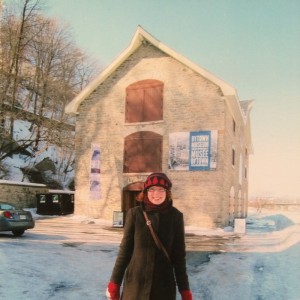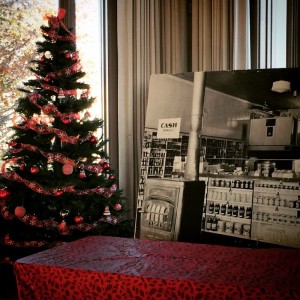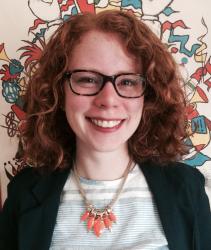
In front of the Bytown Museum after a skate on the Rideau Canal, construction of which was supervised by Colonel By himself.
A number of years ago I worked at the Bytown Museum in Ottawa, a local history museum much like the Chilliwack Museum. As a native Ottawan, I enjoyed being surrounded by my city’s history; I learned more about the growth of ‘Bytown’, which later became Ottawa, than I had in all my years of schooling in the city. Much of Ottawa’s history involved the once very affluent lumber industry and a whole floor of the museum was dedicated to sharing this story. I knew that many of my ancestors had been involved in lumber along the Ottawa River. Learning more about this history gave me a strong sense of place and helped me connect with my family’s part in Ottawa’s story.
Place-based Learning
Place-based learning wasn’t very common when I went through the Ontario curriculum. Educator’s, more and more, are recognizing the importance of learning about and through the place where you live – whether it is studying the surrounding countryside for science and geography classes or learning about local history in social studies. Making connections to ‘the local’ is an important aspect of learning in today’s schools.
Curriculum

Part of the Christmas Program set-up. This is where I made countless mashed potato candies this past Christmas.
The new BC Curriculum reflects this. A quick search for the word ‘local’ in the new online curriculum brings up hits at all grade levels. As a local history museum, we have a unique opportunity to support Chilliwack’s schools as they adapt to this new curriculum. Our Christmas program, which has become somewhat of a tradition with many Chilliwack schools, has been sharing local stories with school children for years. This past Christmas, I was able to offer the program again and not only shared some interesting and fun stories with over 400 children, teachers and adults, but learned more about Chilliwack along the way. Quite often a name or picture would spark someone’s memory about a place or person they knew. This is why place-based learning is so effective, it offers a chance for learners and teachers to take part in an exchange of knowledge, learning together and using the place where they live as common ground.
Making Connections
Continuing to bring place-based learning into school programming while connecting to the new curriculum will be an important part of our future programs. But learning about the place where you live doesn’t have to just happen in school. If you’re like me, learning your city’s history can be just as meaningful and important as an adult. Connecting with your local museum is one way to unlock some of those hidden secrets about your city’s past.


Comments are closed.